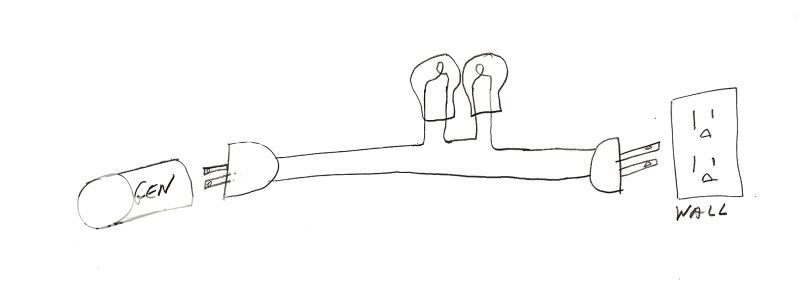Brad Buchanan
Member
Hey guys.
I just serviced my generator which had been
sitting for a year or so with carb problems.
It is an 11hp. 5500 watt Homelite with a Briggs
and Stratton engine.
I rebuilt the carb, fixed a stuck intake valve and
generally cleaned it up.
I fired it up and it is putting out 137 or so on
the 120 outlets and 247 on the 240 outlet. Should
this be ok with no load?
Also how do you determine whether it is putting
out 60 cycles? Do you adjust the voltage with the
rpms?
Thanks,
Brad
I just serviced my generator which had been
sitting for a year or so with carb problems.
It is an 11hp. 5500 watt Homelite with a Briggs
and Stratton engine.
I rebuilt the carb, fixed a stuck intake valve and
generally cleaned it up.
I fired it up and it is putting out 137 or so on
the 120 outlets and 247 on the 240 outlet. Should
this be ok with no load?
Also how do you determine whether it is putting
out 60 cycles? Do you adjust the voltage with the
rpms?
Thanks,
Brad


